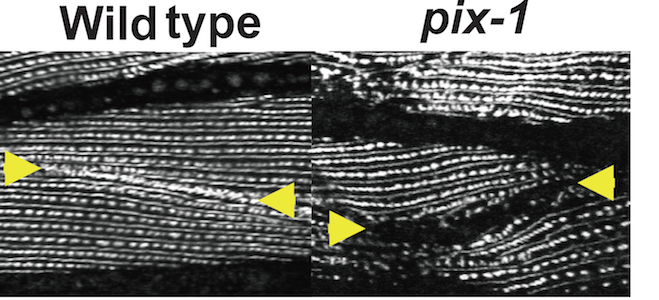Researchers have developed a method for estimating developmental maturity of newborns. It is based on tracking DNA methylation, a structural modification of DNA, whose patterns change as development progresses before birth.
The new method could help doctors assess developmental maturity in preterm newborns and make decisions about their care, or estimate the time since conception for a woman who does not receive prenatal care during pregnancy. As a research tool, the method could help scientists study connections between the prenatal environment and health in early childhood and adulthood.

How advanced is the development of a newborn, possibly preterm baby? Geneticists have developed a method for estimating gestational age by looking at DNA methylation.
The study, led by Alicia Smith, PhD and Karen Conneely, PhD, used blood samples from more than 1,200 newborns in 15 cohorts from around the world. The results are published in Genome Biology.
Smith is an associate professor and vice chair of research for the Department of Gynecology and Obstetrics in the School of Medicine, and Conneely is an assistant professor in the Department of Human Genetics. The first author, Anna Knight, is a graduate student in the Genetics and Molecular Biology Program.
Gestational age, is normally estimated by obstetricians using ultrasound during the first trimester, by asking a pregnant woman about her last menstrual period, or by examining the baby at birth. Ultrasound is considered to be the most precise estimate of gestational age. This work extends upon earlier studies of DNA methylation patterns that change over development and predict age and age-related health conditions in children and adults.
The Emory team gathered DNA methylation data from previous studies examining live births and health outcomes, and used an unbiased statistical learning approach to select 148 DNA methylation sites out of many thousands in the genome. By examining methylation at those sites, gestational age could be accurately estimated between 24 and 44 weeks, the authors report. The median difference between age determined by DNA methylation and age determined by an obstetrician estimate was approximately 1 week.
The researchers also found that the difference between a newborn’s age predicted by DNA methylation and by an obstetrician may be another indicator of developmental maturity, and is correlated with birthweight, commonly used as an indicator of perinatal health. Read more







